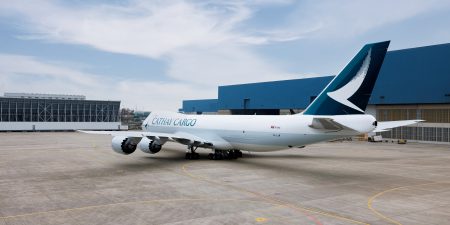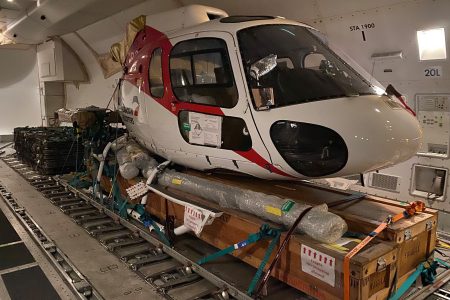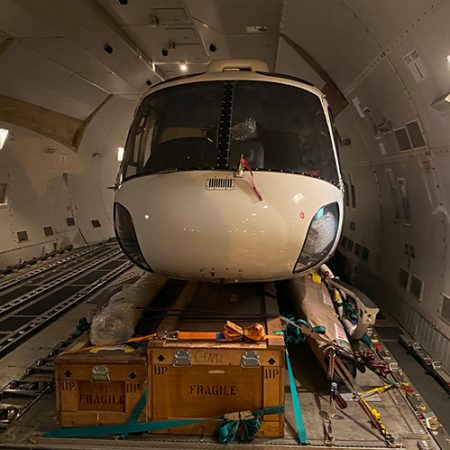Helicopters are fragile, complex and extremely expensive pieces of machinery that require special care when shipping. Take a new Bell 412. This is a popular mid-sized machine favoured by the military, law enforcement, coastguards and commercial operators, such as in the oil industry, the world over. A new one off the production line, depending on the options it’s fitted with, costs around US$11m. That showroom price means that special handling isn’t just an attribute of the machine itself; it’s also essential for its safe transport.
Montreal office Manager Michael Fan at freight forwarder Dimerco has become quite the expert in shipping helicopters in recent years, having handled 50 to date. Montreal may seem a strange origin, but Quebec’s biggest city is something of an aerospace hub. In fact, in market terms, it is third only to Seattle and Toulouse, the homes of Boeing and Airbus respectively. In the area, there are multiple firms making components for aerospace supply chains, and some finished products, including helicopters.
While these rotorcraft may be nimble in the air, they are slightly awkward to move on the ground when not under their own power. Take, again, the Bell 412, the largest helicopter Fan has handled for a shipping client. It has a main rotor blade diameter of 14 metres, and in full passenger configuration, it can hold up to 13 people. Clearly, something has to give if you want to fit a chopper like that into the main deck of even a Boeing 747 freighter.
‘Usually, the helicopter is disassembled by the manufacturer before transport,’ Fan explains. ‘The tail boom and rotor blades are packed separately to the main fuselage.’





